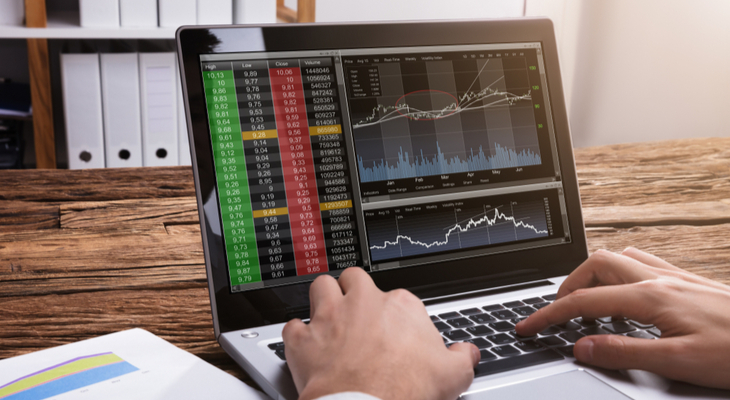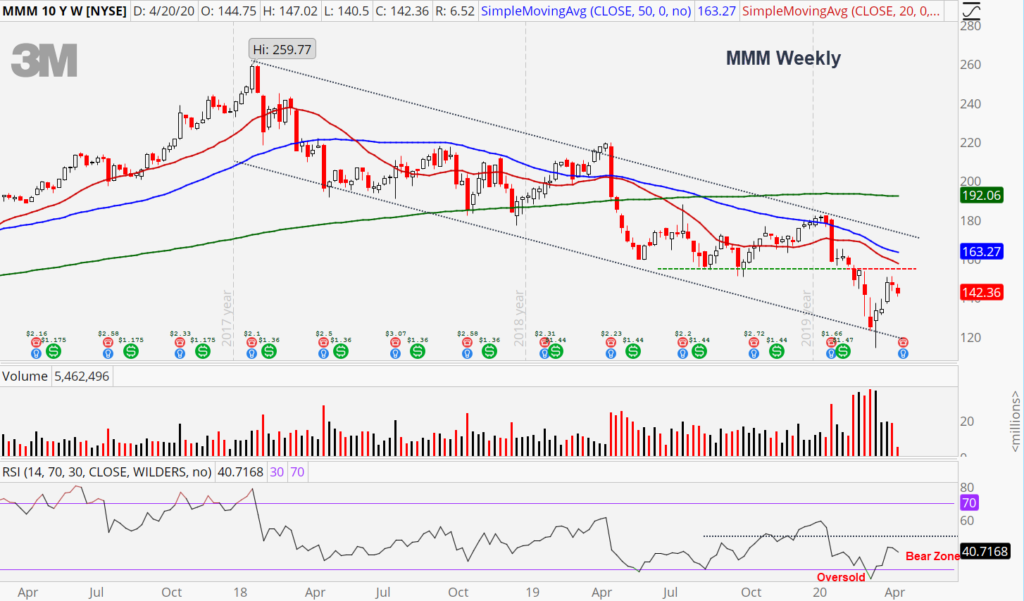All You Need To Know About The Direct Access Trading Platform
Online agents are the most open and frequently the most economical trading system accessible today. They are accessible to basically anybody with a credit card and a decent internet connection. Yet, the issue with common online agents is that they experience the ill effects of appallingly slow request execution. Indeed, novice dealers who are not very serious about their trading profession will soon perceive speed can be a vital factor in making money. The framework wherein orders are set and trades are executed is a fundamental tool for traders. Probably the simplest to utilize and most productive for dealers are known as the best direct access trading platform users.
A few dealers might be shocked to know that their DAT will cost them more than utilizing an online broker. The greater expense of DATs comes from the likelihood that any online dealer is getting commission for order flow from the market creator, which permits online specialists to keep their payments at the absolute lowest online brokerage fees. Commissions for direct access trades, conversely, depend on a scale that relies upon the number of trades a merchant executes throughout a given timeframe.
Technological Innovation is a significant step of an effective direct access trading activity. Along with speed and control, continuous highlights like streaming quotes and intuitive diagrams are additionally popular. Online interfaces permit a trader to set up request routing to various settings dependent on predefined rules. Setting choices incorporate electronic correspondence organizations (ECNs), dark pools, and liquidity suppliers. If a merchant has not settled on a particular decision at the hour of the trade, direct access exchanging programming can likewise search out the best execution scene. Control is upgraded by the presentation of the Level II data. This is the value, amount, and time (otherwise called the time and marketing chart, or ‘Prints’ report) of trades made on a given resource. While the offer and ask costs show expectations, the time and marketing chart shows activity. As such, it demonstrates how much individuals are ‘getting the ball rolling. Direct market access trading platform likewise utilizes these reports to show graphs for the resource and compute the impact of the activity on related lists.
One of the main highlights of DAT is admittance to a software program for trading called a Level 2 screen. This program empowers traders to see a total rundown of offer and ask costs, just as the sizes of the orders, which gives the merchant significantly more important data and a more prominent chance for benefit. After a merchant picks a cost to submit the request, just a single tick is needed to begin the trade exchange, and afterwards, the broker should enter the number of offers for the request. Some direct access systems’ stock day trading platform permits a merchant to choose a default worth to be entered initially, permitting a broker to arrange, for instance, 1,000 offers without having to physically enter four additional keystrokes each time, which can save time and be more convenient.DATs likewise enable stock dealers to trade on electronic communication organizations (ECNs), totally electronic stock trades in which orders are executed straightforwardly from the dealer’s DAT and sent to the ECN inside a negligible portion of a second. With most DAT frameworks, merchants can decide to send their orders to a particular market producer, subject matter expert, or ECN, though online retail financier firms usually work with their own in-house trained professionals.
How do we know which Direct market access trading platform is the best? or which day trading platform is the best? Let’s look at some pros and cons of this trading method.
Direct access trading brokers find a few advantages to using a direct access trading system. Here is a couple of them:
● Speed: Trading is fast, which implies there is no slack time. You can execute a trade inside a few milliseconds.
● Cost: Compared to retail facilitates, DAT transaction expenses are relatively low. While these expenses under DAT are generally per share, other specialists’ charges might be higher as they typically charge per single transaction.
● Liquidity discounts: Other merchants have a commission expense for each trade since they sell order flows. DATs, on the other hand, don’t sell order flows and get refunds that are given to their clients.
There are a few disadvantages too related to this form of trading platforms:
● Need for aptitude: Novice brokers may think that it’s troublesome exploring and wading through the systems in the beginning. Settling on trade choices and order flows requires a specific level of aptitude and information, which might be expensive to start with.
● Volume expenses: Some trading systems require a base month-to-month trading volume. In the scenario that that isn’t met, it might charge the dealer an expense. Brokers should ensure they can meet the base trading prerequisites, assuming any, prior to joining.
You can find more info on https://www.cobratrading.com




